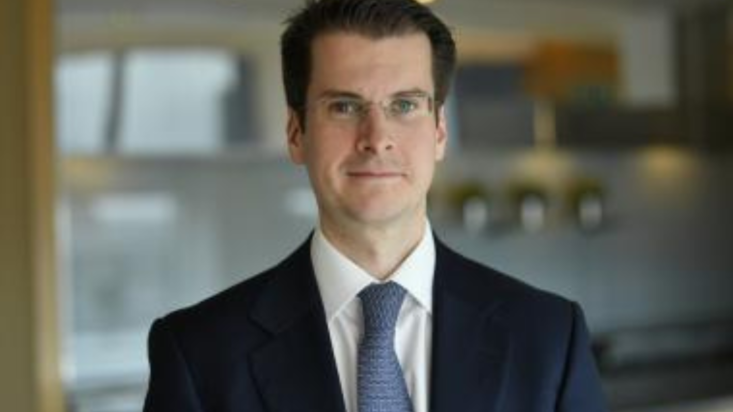Fixed income the consensus trade of 2023 as investors get defensive
With an economic slowdown next year appearing increasingly likely, strategists are tipping fixed income to benefit as investors reallocate toward safe-haven assets with compelling return profiles.
In its 2023 outlook report, “Opportunity in a Volatile World,” Macquarie Asset Management forecasts recession in both the United States and Europe as a coordinated effort by central banks to hike interest rates and bring inflation under control weighs on economic activity.
This is already reflected in a decline in big-ticket purchases and interest rate-sensitive markets like housing. The flow-on effects will be wide-reaching, with consumer spending set to fall and subsequently weaken employment, corporate profitability and incomes.
“The impending macroeconomic landscape… justifies a significant reallocation into safe and high-quality assets, in our view, especially if the recessionary conditions turn out to be worse than anticipated,” Macquarie said in the report.
Given that Australian government bond returns are down around 9 per cent this year according to the S&P/ASX Australian Government Bond Index, investors will question why an allocation to fixed income makes sense. Additionally, the annual coupon − the distribution paid to a bondholder − represents a yield of just 2.3 per cent.
But both Macquarie and J.P. Morgan suggested this year’s recalibration of bond prices now reflects the higher interest rate environment and that future returns on a risk-reward basis are attractive.
At the mid-point of estimates by Vanguard, Australian bonds will return 4.4 per cent over the next decade, compared with just 1.8 per cent estimated in last year’s report.
“Only a few quarters ago, traditional fixed income faced a serious challenge: It provided neither compelling levels of income nor adequate protection against an economic downturn,” J.P. Morgan’s Outlook 2023 report said. “Today, with treasury, corporate and municipal bond yields at their highest levels in a decade, both income and portfolio ballast are once again on offer.”
J.P. Morgan also noted that if and when central banks reverse interest rate hikes to buttress the economy during a recession, this will act as a tailwind for fixed-income assets.
Interest rates and bond yields are inversely correlated with bond prices. Therefore, when interest rates decrease, the return demanded by investors also falls, and bond prices increase.
“Market pricing suggests that short-term [US] interest rates will remain above 3.1 per cent for the better part of the next decade,” J.P. Morgan said. “We believe that outcome is unlikely, and think investors should lock in elevated yields now.”
The US Federal Reserve funds rate is currently 4 per cent, with further hikes expected. On Tuesday, the Reserve Bank of Australia hiked rates for the eighth consecutive month, to 3.1 per cent.
Back in fashion
Fixed income returns had dwindled in recent years as interest rates trended toward zero, with investors unable to easily source reliable low-risk income for their portfolios.
This meant investors moved up the risk curve toward higher-return asset classes like property and equities – also known as the TINA (there is no alternative) trade.
However, the gap between the yields offered by bonds and the dividends paid from companies or hybrid instruments has narrowed significantly this year. Investors are consequently going unrewarded from owning higher-risk equities compared with lower-risk bonds.
“That just makes equities and riskier debt very vulnerable for disappointments on growth next year,” said Christian Mueller-Glissmann (pictured), head of asset allocation research at Goldman Sachs. “There is less incentive to go up the risk curve because there’s not much risk premium.”
No free lunch
While investors will welcome the prospect of higher returns, Macquarie warned that a by-product of the loose monetary policy over the past decade is that credit and debt levels are much higher than in the past.
This will lead to a deterioration in fundamentals, with companies and governments unable to roll over existing fixed-rate debt on similar terms, in addition to servicing higher debt repayments.
“Given that we are now in a world of much higher interest rates and ongoing QT [quantitative tightening]-driven liquidity reduction, many now face the uncomfortable reality of a higher cost of capital, higher volatility, greater uncertainty, and a likely unwinding of elevated asset prices,” Macquarie said.
This is in addition to the uncertain economic backdrop, inflationary cost pressures and falling global growth.
Macquarie advised investors to stick with safe and high-quality assets and retained a cautious outlook for high-yield and emerging market debt. “To be direct, and to use one of our favourite tag lines, high debt levels and high bond yields are not natural dance partners – they do not and cannot coexist,” the report concluded.











